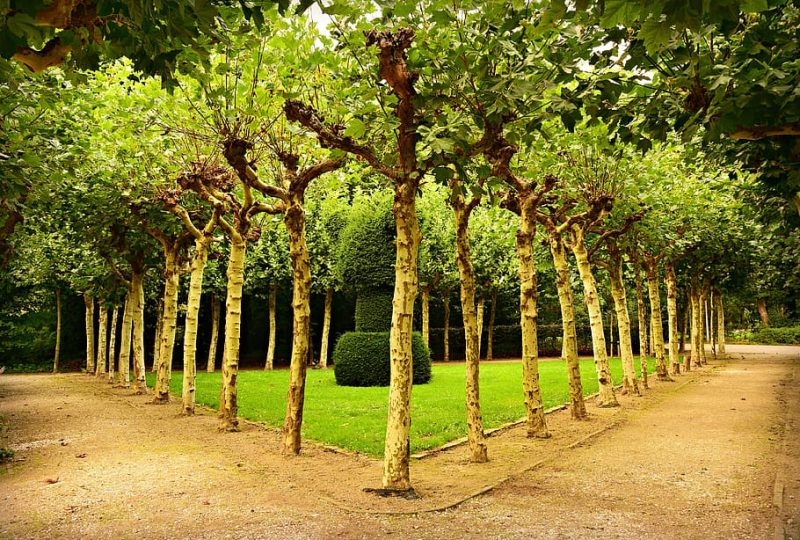
It’s wonderful to have beautiful spring flowers on the patio, balcony and in the entryway.
You can even feel free to come up with a theme, color or feeling and put together those plants that you think go together.
Several spring plants or flowers of the same color add character. Contrasting colors and shapes make a statement. Choose from a pot, basket, zinc tub, balcony or wooden box. Branches of birch or hazelnut are decorative to place with your plants. Stones and bark can be placed on the ground in the pot to fill in the spaces between plants.
How to Plant Them in Your Pots?
- Fill the container with lightweight expanded clay aggregates, 1 cm at the bottom
- Pour Premium soil up to the edge
- Plant your spring flowers
- Water thoroughly and place them in a sunny or semi-shaded area.
- Water as needed, about once a week.
- Faded flowers are removed permanently to prolong flowering.
Plants That Can Withstand Slightly Cooler Nights
- Pansies
There are large and small, monochrome and multicolored and, above all, they are frost resistant!
- Daffodil
A grateful onion plant with pretty yellow bells, there are large and small ones. The white variety is called the narcissus lily.
- Ivy
Green plant with long tendrils. It resists well to the cold and is ideal as a companion plant for the spring flowering beauties.
- Bellis
Low plant with small pink or white flowers, it is a perfect partner for pansies.
- Bulbous plants
Scilla, tulip and water hyacinth are examples of bulbous plants sold in pots that fit perfectly into spring arrangements.
- Boxwood
Evergreen boxwood with small, shiny, ball-shaped leaves. Nice in a shed or pot. Thrives in well-drained, moisture-retaining, calcareous soil,
- Aubrietia
Evergreen perennial, ground covering, with a fabulous spring bloom. Very pretty in a rocky area or as a border plant.
Before sewing your plants, you should know that in some cases, some plants do to thrive. And, you may wonder why. There can be many reasons why a plant does not thrive, some more common than others.
Typical problems are that your plant is getting too little light, too much water or too little food. Here are some examples of what can happen to your plants and how to solve these problems.
The Plant Does Not Bloom
Do you have a plant that blooms in the store, but not at home? It may be because it’s further away in the room and not getting enough light. Try moving the potted plant to a window to see if it blooms better here.
Yellow Leaves Are Falling Off

This is a sign of overwatering. Check the dryness of the soil before watering, not only by touching the top layer of soil with a finger, but also by lifting the pot and feeling the heaviness of the soil. Heavy soil = water left in the soil.
Leaves Are Brown and Dry
Now, it is rather a lack of water. Check the soil regularly by lifting the pot as above and feeling the weight of the soil. Water when the soil is light and dry to avoid brown leaves.
The Plant Becomes Large and Stunted
When a plant gets too little sunlight, it tries to get more of those rays by stretching out toward the light as much as possible. This means it can be long and long-lived, unstable and not so aesthetically pleasing. Move the plant to give it more light so it can stay in the plant for a while.
There you are! You now know which kind of flowers to grow in spring and are aware of the reasons they might not thrive. So, which plants are you planning to grow? Let us know in the comments below.




